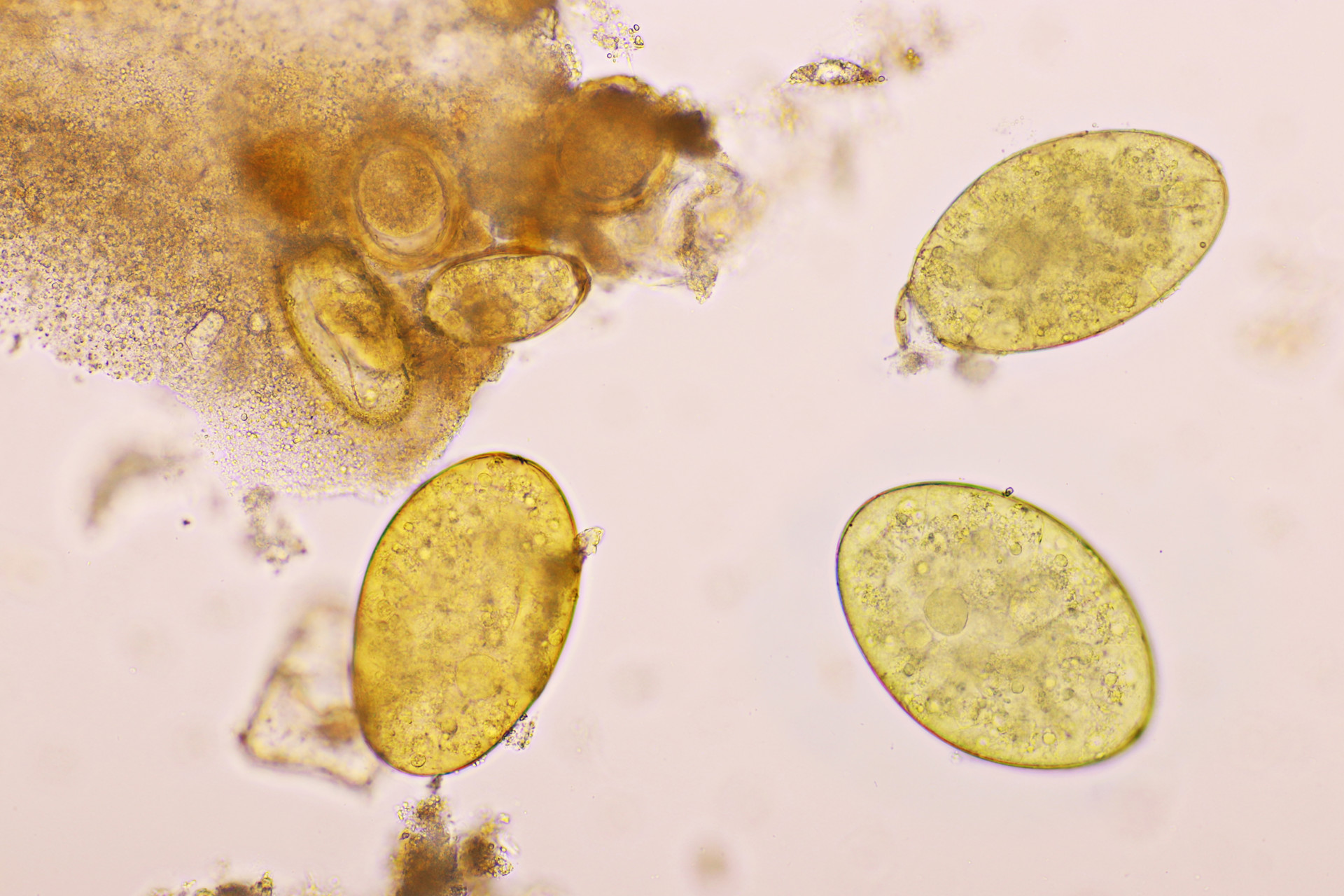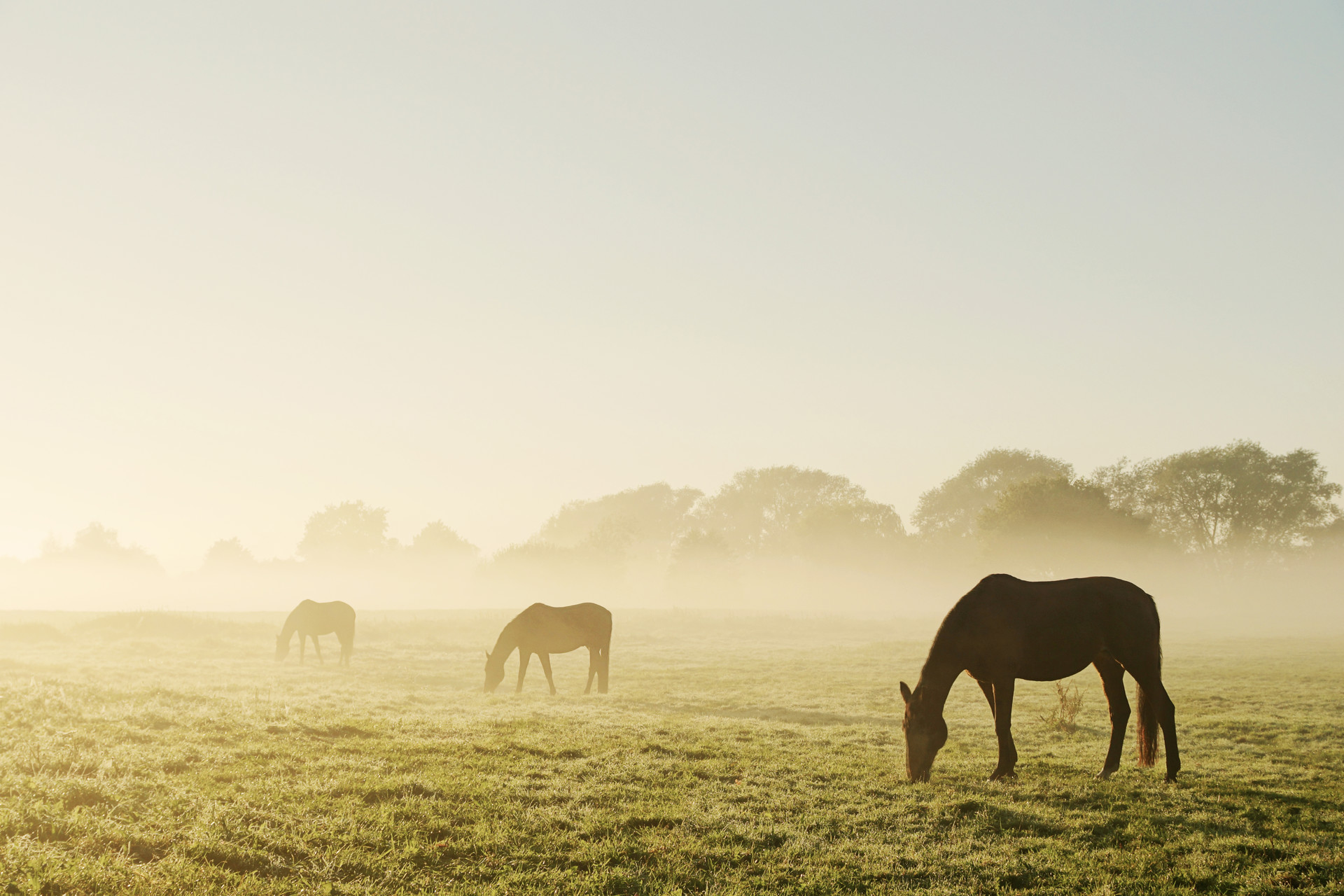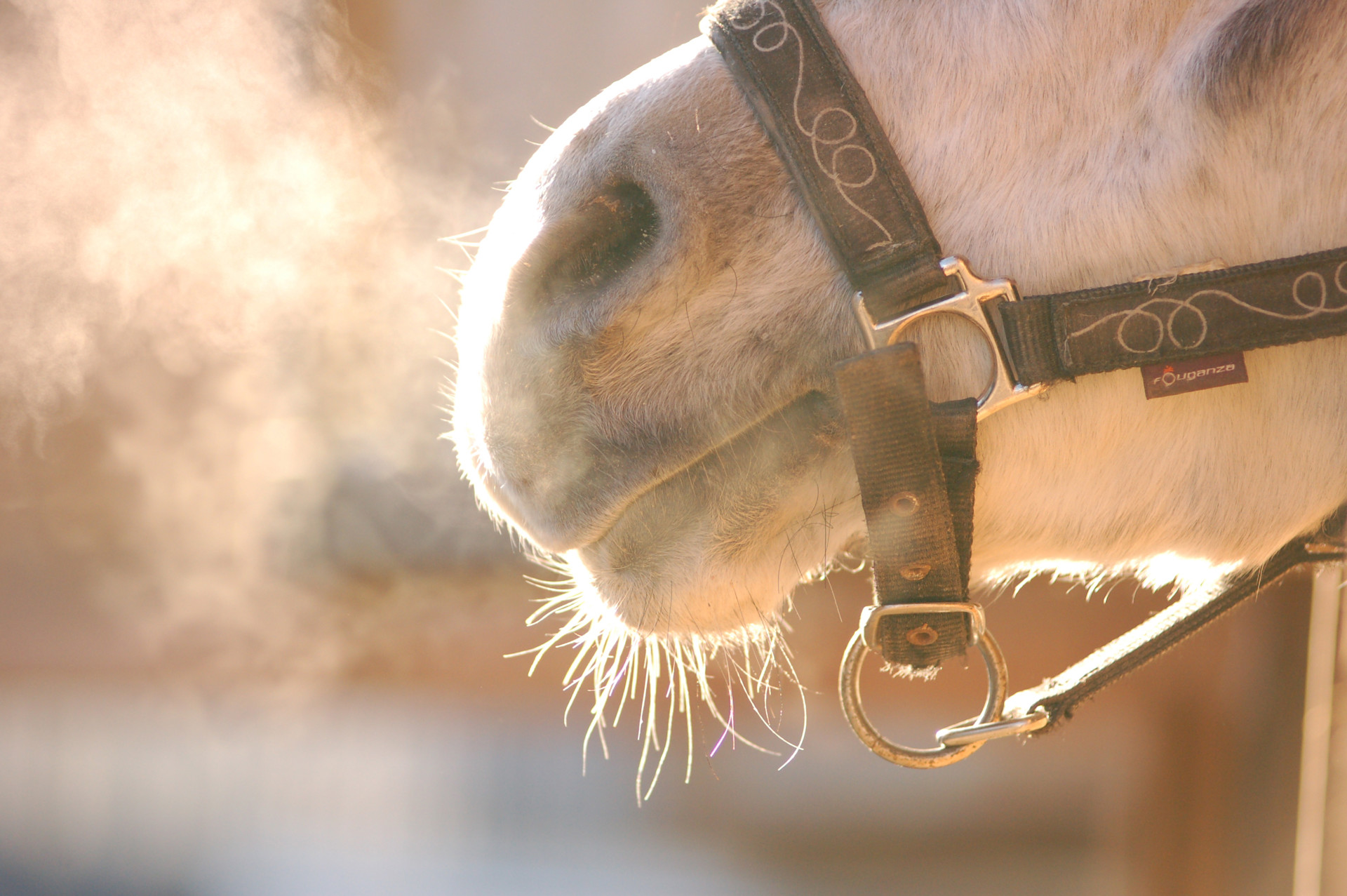
Worming
A new approach
The approach to worming horses has changed in recent years due to increasing resistance to the wormers we have available and a growing awareness of the impact wormers have on the environment.We now use a targeted approach to worming which combines testing, to identify the worm burden in individual horses, along with an assessment of risk based on age, environment and management.
We can offer unlimited worming advice from the people who know your horses. Our vets or qualified RAMA's are happy to help.
Testing
It is important that we use worm egg counts throughout the summer months to enable us to identify and worm horses ONLY when necessary.Worm egg counts are generally not indicated throughout the winter months unless specifically advised by your vet.
Routine use of wormers has led to the development of resistance to the drugs used. This means that the effectiveness of these drugs has reduced. It is therefore important for the future health of our equine population that we protect the drugs that we have available to us, maintaining their effectiveness.
Diagnostic tests available for worms are:
- Faecal worm egg count – March – September – every 8 weeks
- Tapeworm saliva test – Spring – Autumn – every 6 months
- Encysted small redworm blood test – Winter - Annually
Ideally, a diagnosis of parasite infection should be confirmed before wormer treatments are given. This ensures that only those horses that need worming are treated. The exceptions to this approach are foals and youngsters. Please call us for further advice.


How can I reduce the need for worming?
Use faecal egg counts (FEC) to identify problem animals and groups
- Every 8 weeks during the grazing season (Mar-Sep) so 3 FECSs in total.
- Ideally, test all horses in the same group, at the same time.
- FECs are of less value in winter when many horses are stabled and there is also less egg shedding.
- Worm based on results of FECs and advice given by your vet, this will include advice on testing and/or treating tapeworm and encysted larvae in autumn/winter.
Minimise stocking density
- Especially if younger horses, aged 1-4 years - they have lower immunity and shed higher levels of eggs.
Maintain consistent horse populations, remove faeces from pasture
- At least twice a week, especially if wet and >10°C.
- Keep dung heaps separate from grazing areas and/or fenced off – parasites can travel a surprising distance! (up to 10ft from the muck heap)
- Prevent rough areas of pasture where horses repeatedly defecate.
- Harrowing – no longer advised in most situations as it spreads parasites over a larger area and they can survive, even in extreme temperatures.
Dose and move
- Not necessary on well-managed pasture.
- May be useful when pasture is not managed or on properties with high levels of infection (based on FECs)
Rest and rotate pasture
- Especially on stud farms.
- BUT be aware that parasites can overwinter on pasture – if resting a paddock to reduce infection levels, then you need to rest from end of one grazing season until halfway through the next, or ideally 12 mths (though infection levels will have reduced by 6 mths)
Quarantine new arrivals
- Treat with Equest Pramox.
- We do not advise using Panacur 5-day Guard due to widespread resistance.
- Keep stabled for 3 days to avoid infecting the pasture with new worms when the horse defacates.
Worm egg count package
We have a simple way to manage your horses annual worming requirements, following best practice by reducing the risk of drug resistance in our equine population.Only worm when necessary and not as routine.
- Unlimited worming advice from the people who know your horses.
- Convenient and easy to follow.
Pay a one off fee and receive a worm egg count package containing all you will need for the coming year. Click the link below for more information.
To join our plan please call the office on 0808 168 5580 or 01254 888 600
